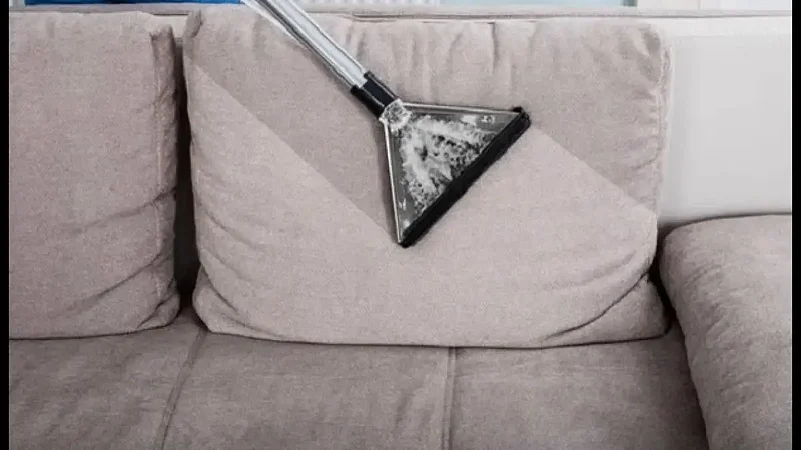A global survey of over 30,000 people shows that 46 per cent of Indians have significantly increased their frequency of cleaning households, and 2 in 3 people clean 5-7 times a week, the most frequent from South East Asia countries surveyed.
The study by researchers at technology company Dyson shows that globally 95 per cent of people are cleaning just as much, if not more, than they did last year due to concerns around the COVID-19 pandemic.
However, Indians are less "reactive" cleaners when compared to the rest of the world with just 1 in 3 people being motivated to clean after seeing dust on their floors, compared to the global average of 40 per cent, they said.
"It is a cause for concern if people only clean when they spot visible dust on the floors as many dust particles are microscopic in size," said Monika Stuczen, research scientist in microbiology at Dyson.
"In fact, by the time people spot visible dust in the home, it is highly likely that there are dust mites in your home," Stuczen said in a statement.
The 'Dyson Global Dust Study 2022' is a 15-minute online survey undertaken by 32,282 respondents across 33 countries, including 1,019 from India.
Fieldwork was conducted between November 15 to 24, 2021 and February 14 to March 7, 2022. Data has been weighted at a 'global' level to be representative of different population sizes.
The study found that in India, 46 per cent of people surveyed have significantly increased their frequency of cleaning and 2 in 3 people clean their homes 5-7 times a week, the most frequent in the South East Asia region.
"In India, we clean frequently, but traditional cleaning methods may still not be an answer for efficient cleaning," said Dr. Lancelot Pinto, consultant pulmonologist at P. D. Hinduja National Hospital and Medical Research Centre in Mumbai.
"When we breathe in air containing fine dust, dust mites, skin flakes and other pollutants (present in household dust), we are vulnerable to a spectrum of respiratory manifestations.
"One of the key contributors to these health issues is fine dust, which may or may not be seen with a naked eye," said Pinto.
The experts noted that individuals in certain age groups and with health conditions are more vulnerable to dust allergies than others.
"Young children, pregnant women, senior citizens or people with respiratory issues and disorders need to do their best to protect themselves from such pollutants,” Pinto added.
The survey also found 29 per cent of Indians were surprised that skin flakes are a component of household dust and 22 per cent were unaware that household dust can carry virus particles.
Nearly 21 per cent were unaware that pet allergens that trigger pet-related allergies can be found in household dust while 35 per cent of Indians thought that household dust was mostly made up of soil and sand, the researchers said.
Household dust is a complex metric of components including dust mites, dust mites’ faeces, bacteria, small insects, and other particles, the researchers said.
However, they noted that many people continue to neglect these spaces, adding that 54 per cent of Indians do not vacuum their mattress while 72 per cent do not vacuum their curtains or blinds assuming they are clean.
The study shows that people feel that vacuum cleaners are the most effective in removing dust from the home, yet, brush and pan, dry cloth and wet mop remain the top cleaning tools by owners.
"Using a wet cloth to clean surfaces is fine, but the sequence of cleaning tools matters. Dampening dust on floors -- even fine dust invisible to the naked eye -- could mean that you are creating a habitat more favourable to dust mite and mould proliferation,” said Stuczen.
"Dust is most effectively removed with a vacuum cleaner first, before going on to wipe surfaces. Even then, it is important to use a vacuum cleaner with effective filtration and sealing technology to ensure that whatever you vacuum remains trapped and is not expelled back into the home," she added.
























.jpg?w=200&auto=format%2Ccompress&fit=max)





